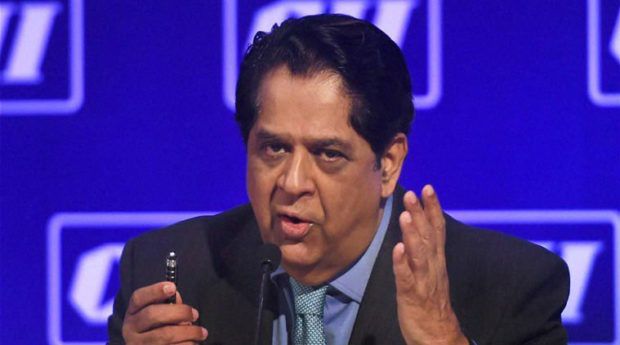On Monday, the KV Kamath committee appointed by The Reserve Bank of India (RBI) picked 26 sectors which will require loan restructuring and listed the respective parameters the sectors need to meet in order to take benefits of the scheme. Last month, the committee was formed under the chairmanship of former ICICI Bank CEO KV Kamath for the purpose of making recommendations on the financial parameters which will be considered in the restructuring of loans affected by the COVID-19 pandemic. For particular sectors, the banks could adopt a graded approach based on the severity of the coronavirus pandemic, The committee said.
The five-member committee in the report mentioned power, construction, iron and steel, roads, real estate, wholesale trading, textiles, consumer durables, aviation, logistics, hotels, restaurants and tourism, mining among the sectors that will require restructuring. The five financial parameters related to leverage, liquidity, debt serviceability etc was selected by the committee.
The RBI had initially allowed lenders to grant a loan moratorium for three months on equated monthly installments (EMIs) falling due between March 1 and May 31, 2020. Later, it had extended this for another three months until August 31. To manage the financial stress amid the lockdown, RBI had also permitted lenders a one-time restructuring of loans without classifying these as non-performing assets.
A high proportion of debt from the real estate, airlines, hotels, and other consumer discretionary sectors had been restructured, the largest contribution had been from infrastructure, power, and construction. The restructuring quantum from the corporate sector in FY21 could range between 3 percent and 5.8 percent of the banking credit, amounting to Rs 3.3-6.3 trillion, India Ratings said in a report. Even stressed assets that might not slip in the near term could be restructured, as Covid-19 would have aggravated stress.
India Ratings said in its report, a minimum of Rs 210,000 crore (1.9 percent of banking credit) of non-corporate loans will probably go through the restructuring after the announcement, which otherwise would have fallen into the non-performing asset category.
The financial parameters included total outside liability to adjusted tangible net worth, debt to EBIDTA, current ratio, debt service coverage ratio (DSCR) and average debt service coverage ratio (ADSCR) “Time is of the essence at the present juncture. Contemplating the substantial volume and the fact that only standard assets are eligible under the proposed scheme, a segmented approach of assigning these accounts under mild, moderate and severe stress, may ensure rapid turnaround. In order to finish the task, simplified restructuring for mild and moderate stress may be prescribed. For Severe stress cases, comprehensive restructuring would be required.”
The committee has recommended sector-specific parameters which it said may be considered as guidance for the preparation of a resolution plan for a borrower in the specified sector. The plan has to be prepared based on the pre-COVID-19 operating and financial performance of the borrower and impact of Covid-19 on its operating and financial performance in the first and second quarter of this fiscal and to assess the cash-flows for this, next and subsequent years.
Earlier, the finance minister instructed the lenders to immediately put in place a board-approved policy for resolution at the review meeting with heads of scheduled commercial banks and NBFCs through video conferencing. She told the lenders that borrowers must be given relief and Covid-19-related distress must not impact lenders’ assessment of their creditworthiness as and when the moratorium on loan repayments was lifted.

